It's a tradition that began under General de Gaulle and has continued regularly since with several presidents of the Fifth Republic: a DS as the official car of the Élysée Palace. On May 8, during the Armistice celebrations, Emmanuel Macron had the chance to unveil his new carriage, a first in electric form, with the DS N°8, the manufacturer's high-end sedan that will arrive on the roads by the end of the year for ordinary people. But it wasn't just the President of the Republic who was able to test this new DS N°8, we were also able to take part in the brand's international trials between Lake Geneva and the Joux Valley in Switzerland to test the new presidential car.
Of course, there are some differences between the model that went down the Champs-Élysées on May 8th and our test version, but apart from a few specific design touches, protocol equipment and bits of armor here and there, the similarities are numerous, starting with an identical technical sheet. What is this DS No. 8 worth? Did Emmanuel Macron make a wiser choice in terms of cars than on the dissolution of the Assembly? These are the questions we asked ourselves at the wheel of the DS N°8 and which we will answer in this test of the first French electric car to reach 750 km of autonomy.
A status car worthy of the Élysée?
Although it has the fairly classic proportions of a compact SUV, the No. 8 doesn't really look like any other model on the road. Its design is as bold as it is original and, as we noticed during our two-day test drive... it really doesn't go unnoticed.
For a complete overview of the different aesthetic choices that led to this result, we invite you to reread our presentation when the N°8 was announced. We will simply return to one point that will matter: the 750 km of autonomy announced and the possibility of making a Paris-Lyon via highway without recharging would not have been possible without this aerodynamics. Indeed, we will appreciate or not the assertive lines of the DS 8, but we cannot deny that they contribute to the efficiency of the car. Thus, at DS, it is explained that the motorized mobile shutters at the front allow to gain 18 km WLTP (22.5 km on highway). The spoiler improves the range by around 12 km (15 km on a fast lane).
The sharp design of the front lights contributes to 8 km (10 km on a fast lane). The same goes for the rear where the "Lightblade" allows you to recover 4 km (5 km on the motorway). Finally, the streamlined underbody and the design of the rims would offer respectively 14 km (18 km at 130 km/h) and 4 or 5 additional km.
It's very simple, even with its enormous 97.2 kWh battery, the DS N°8 would not have been able to reach these 750 km of autonomy without these judicious design choices.
Inside: French luxury... old-school tech
The interior design of the No. 8 is almost as original as its exterior appearance. When we first discovered the vehicle, we highlighted the overall build quality and a very successful play of light based on LEDs. Spending a little more time in the car, this first impression is confirmed, even if we must add a slight nuance to the overall impression of luxury. Indeed, beyond the most visible design elements, such as the door handles which integrate the Focal audio system and accent lighting, we can only notice that certain less visible details have not received the same treatment. While it therefore lacks coherence, the overall look remains very premium and logically fits the positioning of the car.
We also appreciate DS's choice to have stripped down the dashboard to the maximum to highlight the enormous 16-inch central screen which can be used by both the driver and the passenger. Moreover, the right side of the display is dedicated to the latter, who can choose what he wants to see there, whether it is one of the widgets offered by the brand, energy consumption or his personalized massage program. Special mention to the 3D sound by Focal which provides audio quality rarely achieved in a passenger compartment. With its 14 speakers and 690 W, it should allow you to fully enjoy La Marseillaise.
Our main regret inside the DS N°8 unfortunately concerns a part that is essential in our eyes: the infotainment system. Given the importance of the No. 8 for DS and the time it took to develop it (more than 4 years), we were hoping to find a new OS or, at the very least, a refreshed interface. There is none of that, the manufacturer having simply evolved the existing and often-seen system. Of course, there is this integration of ChatGPT, DS having been the first manufacturer to add it to its portfolio, but it is quite thin and almost obsolete once you have connected your Android smartphone to the car to take advantage of Gemini. Finally, even if we can easily imagine that future owners of the No. 8 are not at 120 euros per year, it is difficult to understand the logic of the manufacturer which consists of only offering its connected services for the first three years, then leaving room for a paid subscription to take advantage of them. Rest assured, most of these options have free equivalents on smartphones, which makes choosing DS all the more curious.
The DS N°8 on the road: comfort but also character
During our test, we chose to choose the AWD all-wheel drive version of the DS No. 8. This offers the best dynamic qualities, thanks in particular to a second engine placed at the rear which adds a little power and bite. Despite the addition of this engine, the No. 8 does not turn its back on the DS heritage, it is very comfortable and invites you to take long, very long rides on board without fear of fatigue.
Above all, the No. 8 has lifted our main fear, the one related to the STLA-M platform, which had rather disappointed us when we first discovered its cousin, the Peugeot e-3008. Let's get the sore point out right away: weight. Due to the platform, the latest DS also has to deal with a weight exceeding 2 tons. But unlike the Lioness, the No. 8 has some arguments to overcome the constraints inherent to the platform. In this regard, the work done on the steering calibration and chassis tuning are remarkable. But above all, the DS has a trump card to avoid suffering from the STLA-M: very high-performance controlled suspensions.
In town, the No. 8 can make the most of its many energy recovery options. The manufacturer offers three fairly standard modes that can be selected using paddles behind the steering wheel. But for aficionados, it is also possible to engage a monopedal mode (or One Pedal) which allows energy to be regenerated until the car stops and which gives the possibility of driving in town without putting your foot on the brake. To activate it, you have to use a button on the central console, just below the one allowing you to choose your driving mode.
Autonomy: the best in its segment
This is the DS N°8's ultimate weapon, its epic autonomy should allow it to establish itself or, at the very least, reassure customers hesitant about electric motorization. Two figures stand out: 750 km in the WLTP cycle and 500 km on the highway at 130 km/h. The first gives the N°8 a great range for everyday use. In fact, we were able to verify the good efficiency of the latest DS in our second 73 km test loop, a mainly urban route on the secondary network, for which we recorded a consumption of 12.5 kWh/100 km.
The slightly more committed test, but still far from the highway, allowed us to increase consumption to 20.3 kWh/100 km. Here again, the DS N°8 performs more than adequately. On the other hand, we were not able to verify for ourselves the qualities of a grand tourer of the DS flagship. This aspect will certainly be the subject of a dedicated article when we can get back behind the wheel of the French crossover.
As for charging, even if DS insists on the quality of its charging curve and its ability to fill with real consistency its enormous 97.2 kWh battery (20% to 80% is announced in 27 minutes), the fact remains that a peak power of 160 kW is a value barely above the market average and... a weakness when compared to electric cars based on 800 V platforms that can reduce this charging time to less than 20 minutes. However, with its substantial autonomy, the DS N°8 has, in theory, fewer opportunities to stop on the road. This still leaves an opportunity to run into Emmanuel Macron at an Ionity terminal, but perhaps not between Paris and Lyon.
Test verdict:
He could have driven down the Champs-Élysées in a Renault 5 Turbo 3E, but he chose to do so in an electric DS. Was it the right choice? After our test drive of the No. 8, we have to admit that the crossover from Stellantis' premium brand is more in line with the standards of the Élysée Palace. But that's not all. The No. 8, even if it shouldn't be a top seller given its price (€59,200 minimum), is one of the most notable cars of the year. For its range, on the one hand, it remains the only one to date capable of traveling 500 km on the highway without needing to recharge, but also for its driving qualities thanks to a subtle balance between comfort and performance. We simply regret that DS didn't take advantage of this great showcase to improve its technological side. The brand bet that it wasn't a priority for its customers. Emmanuel Macron and the other future owners will judge.


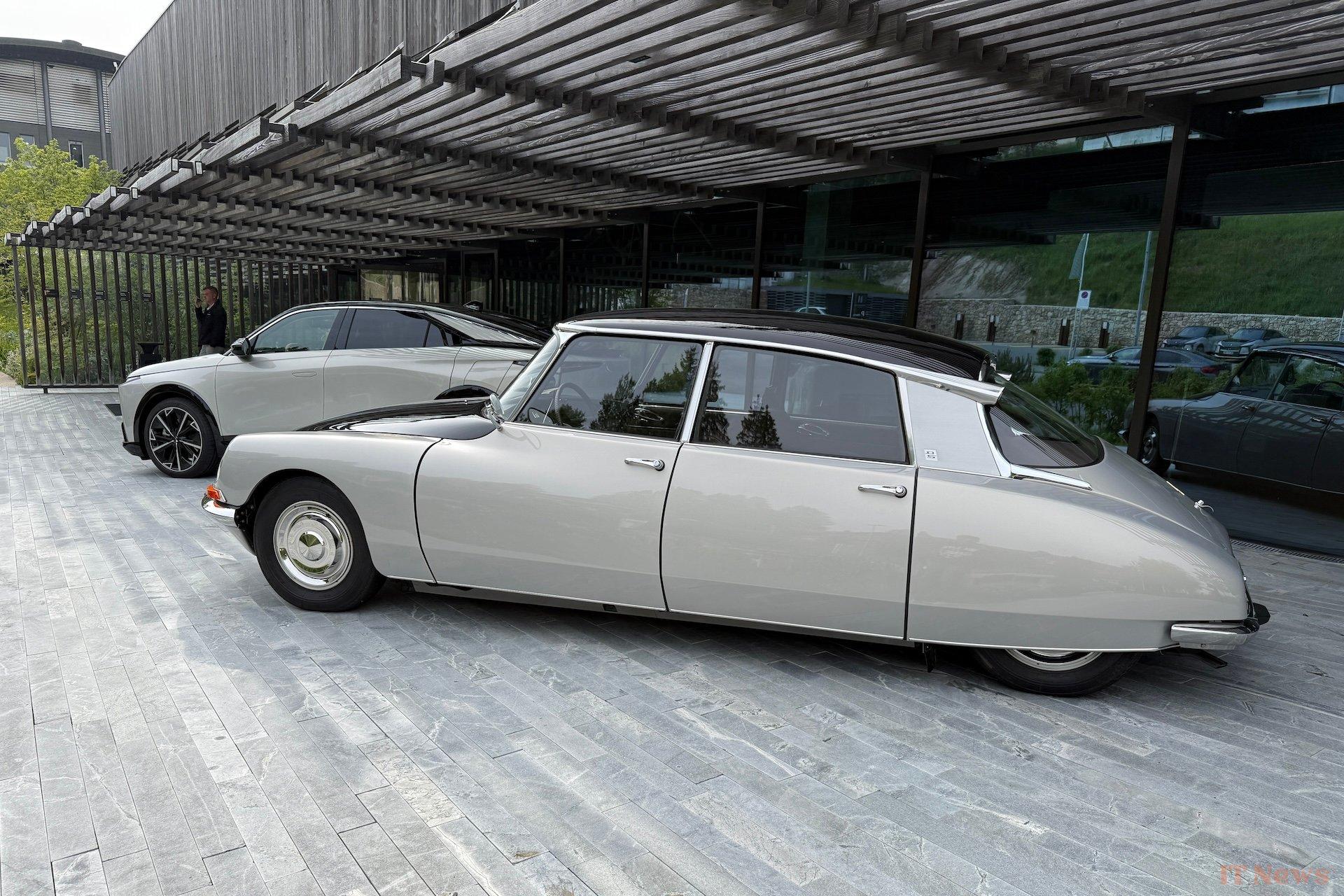
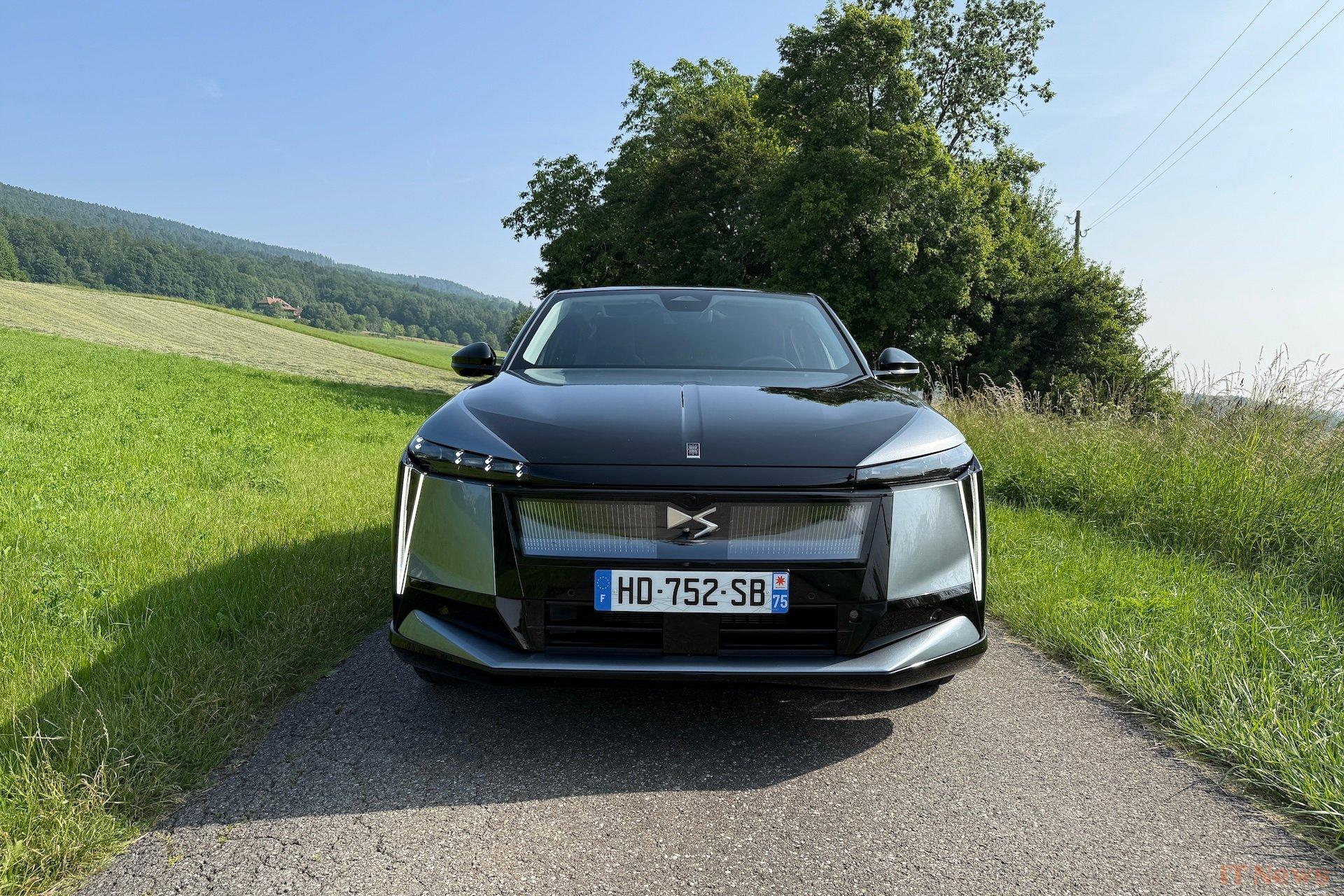
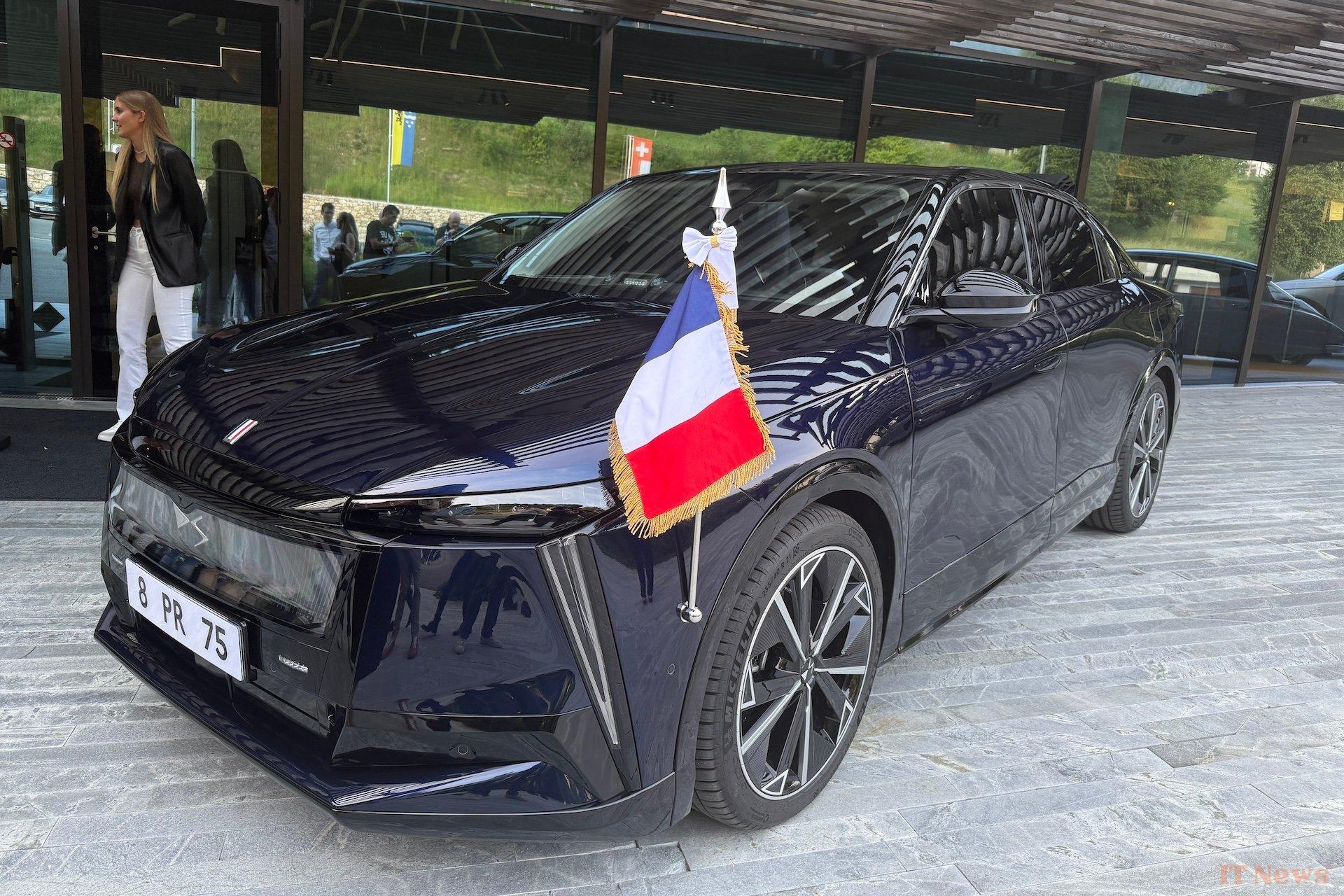
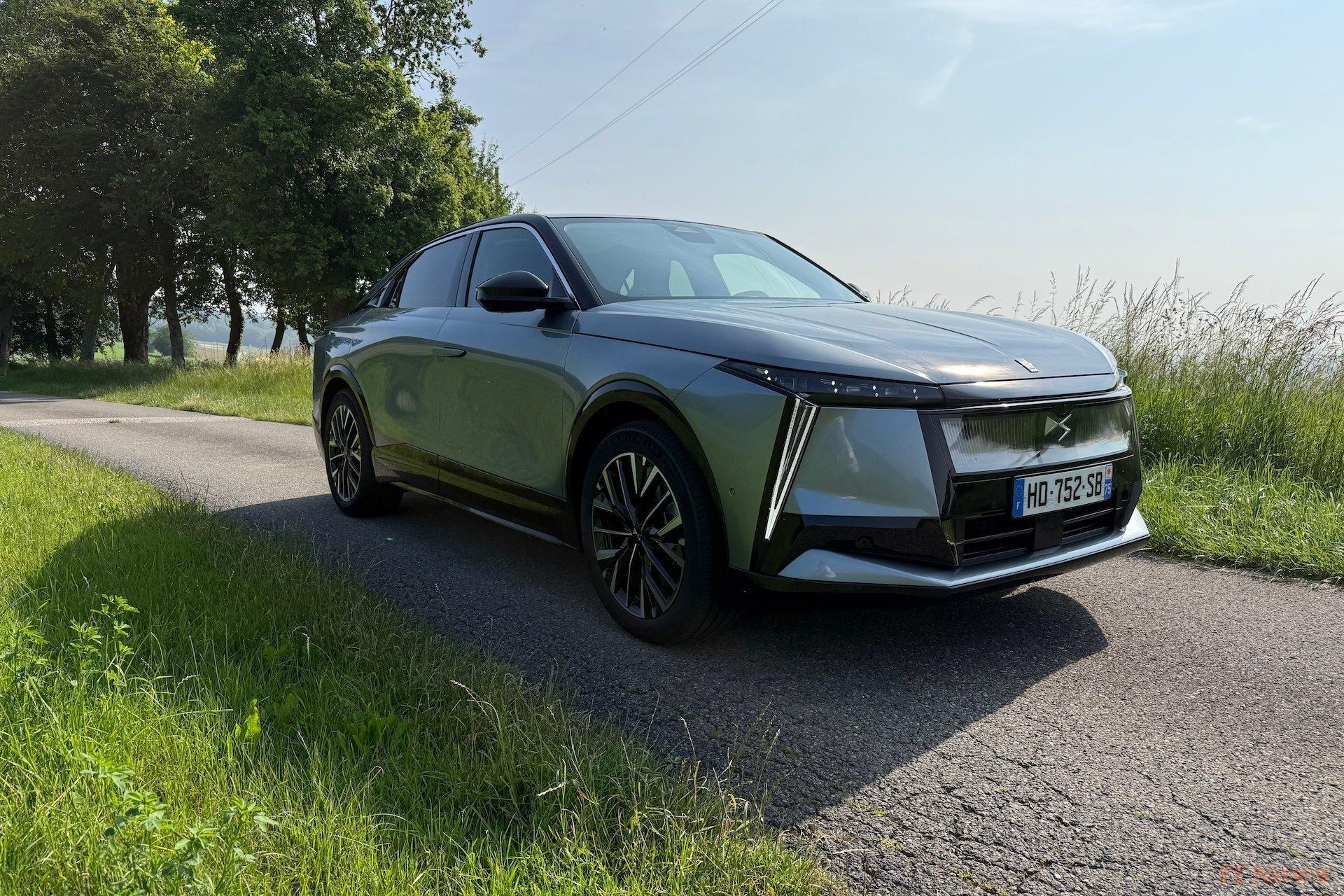
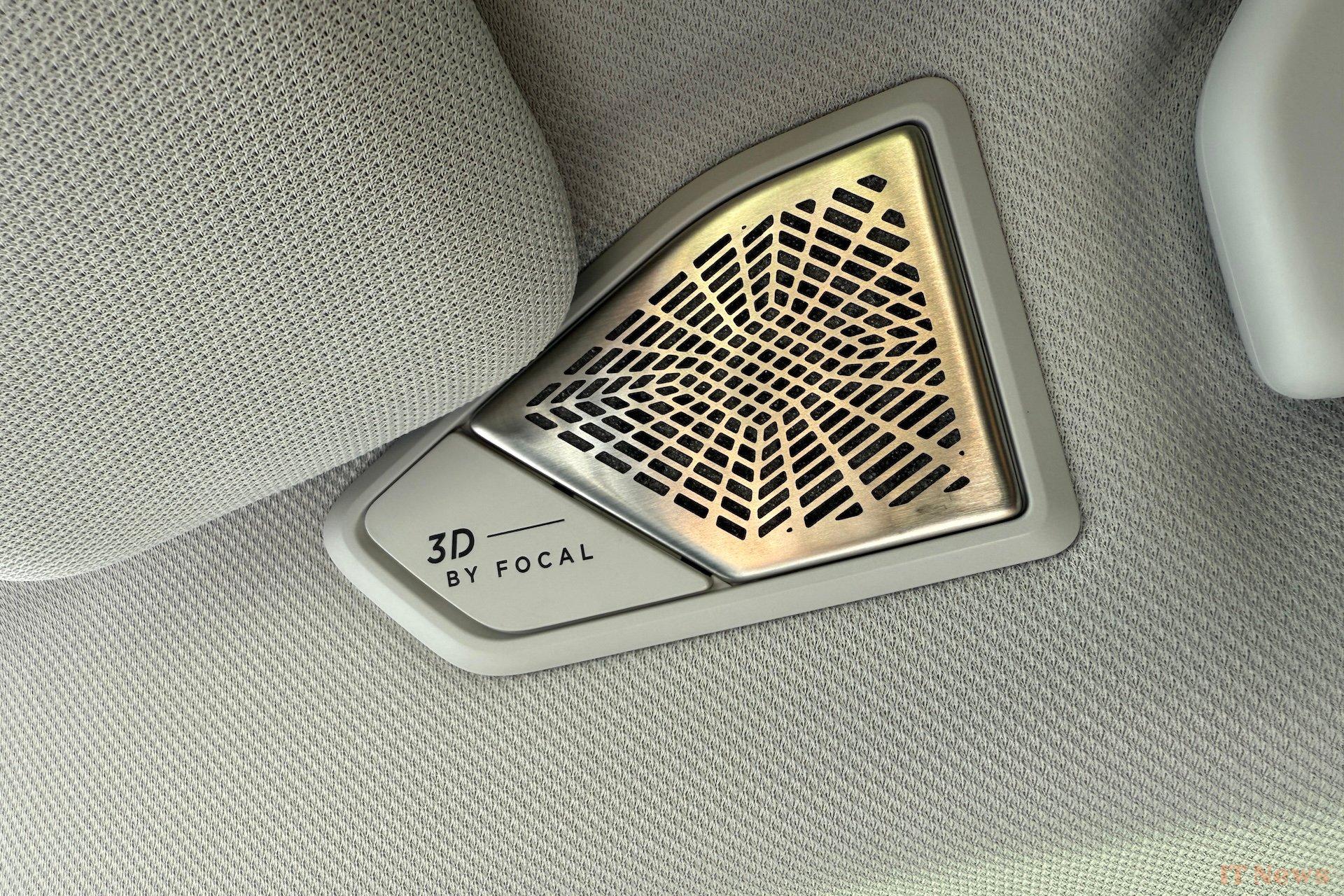
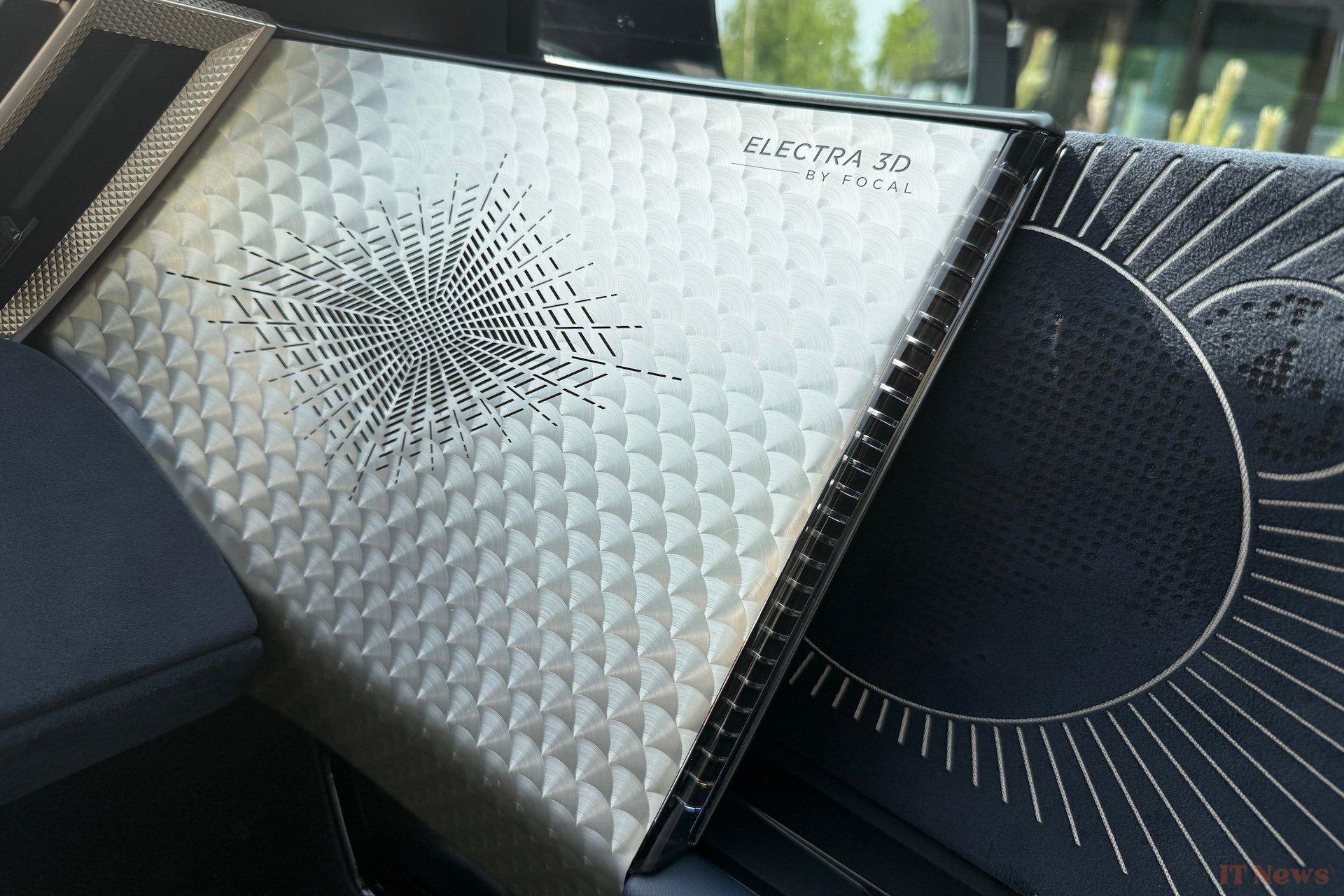
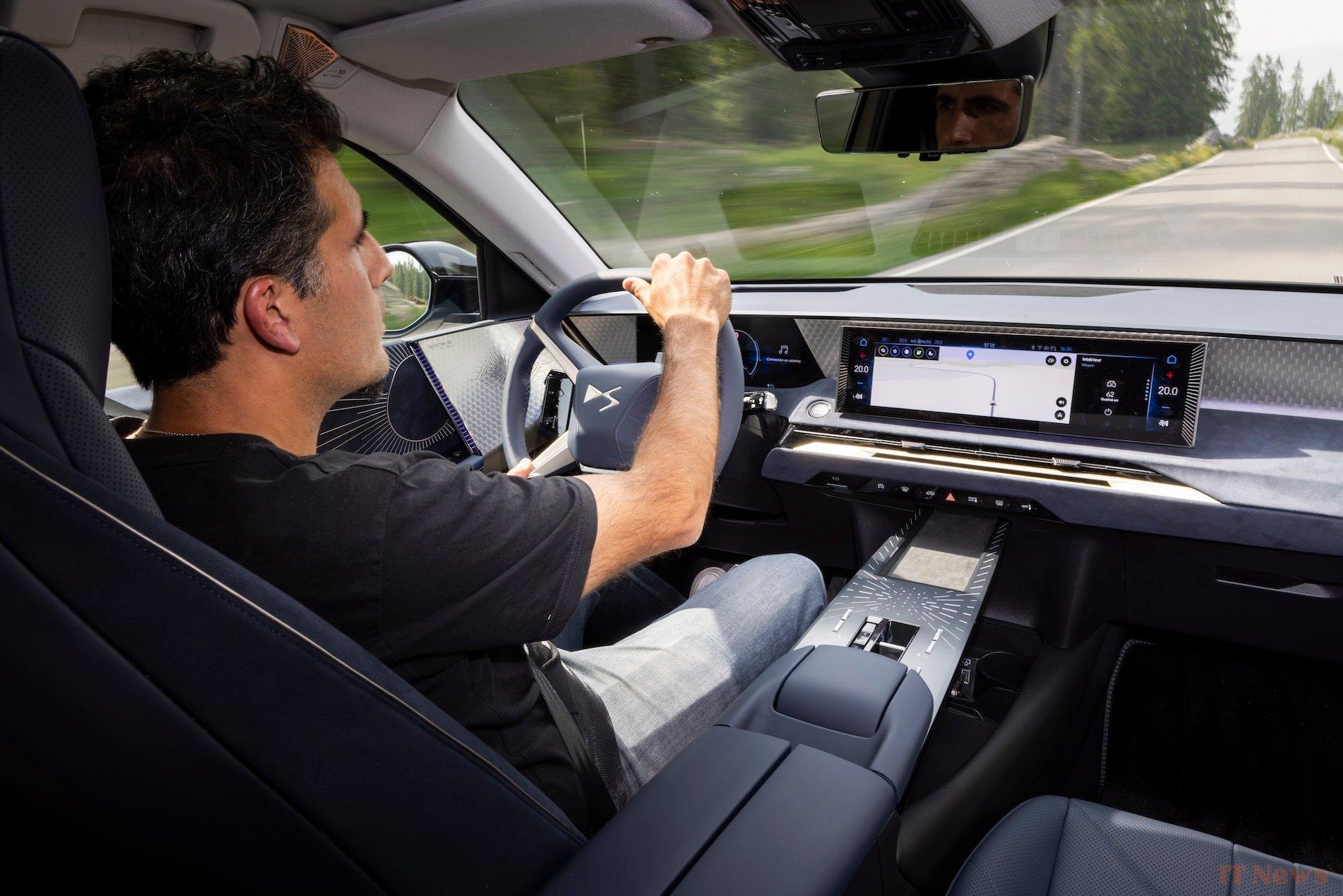
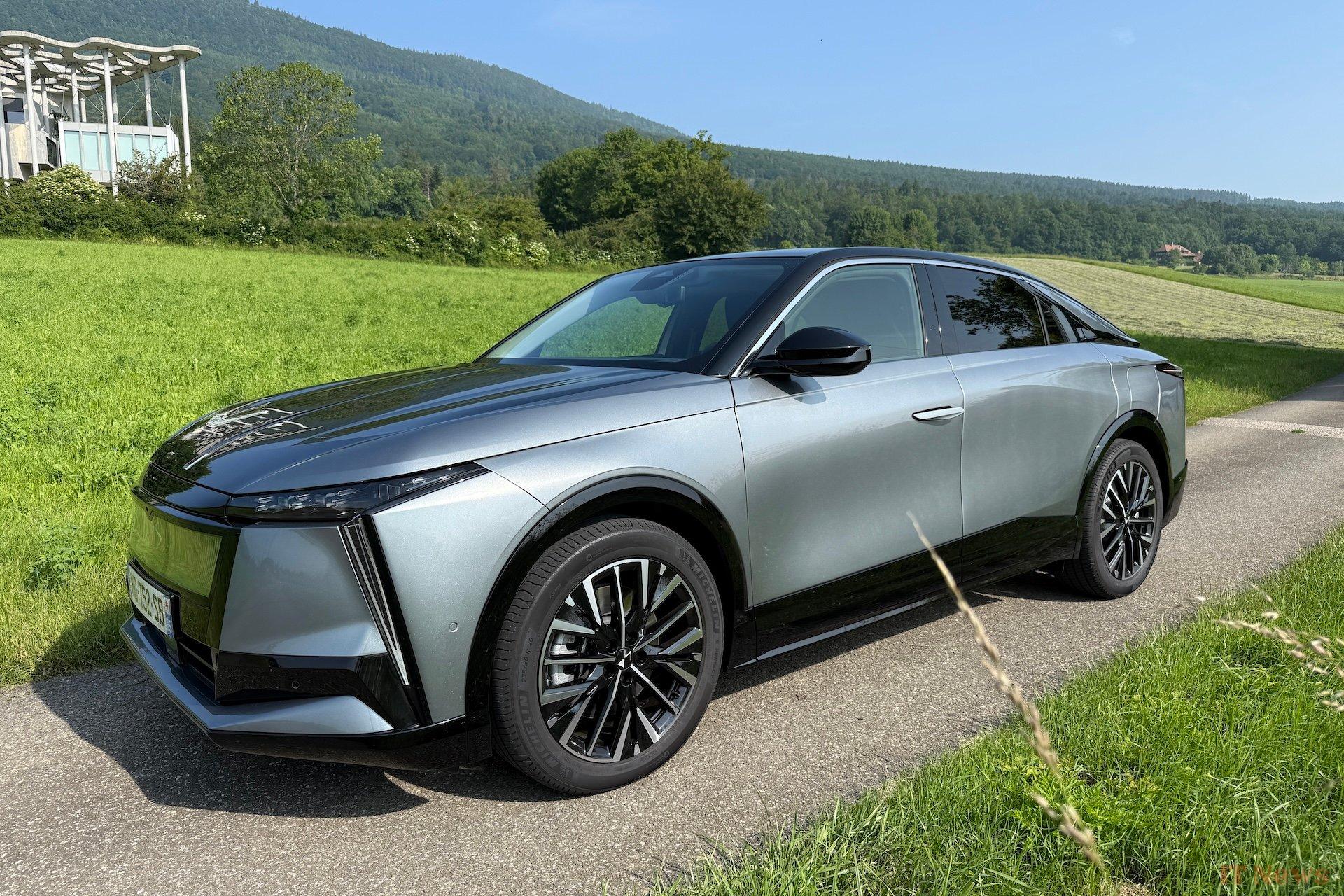
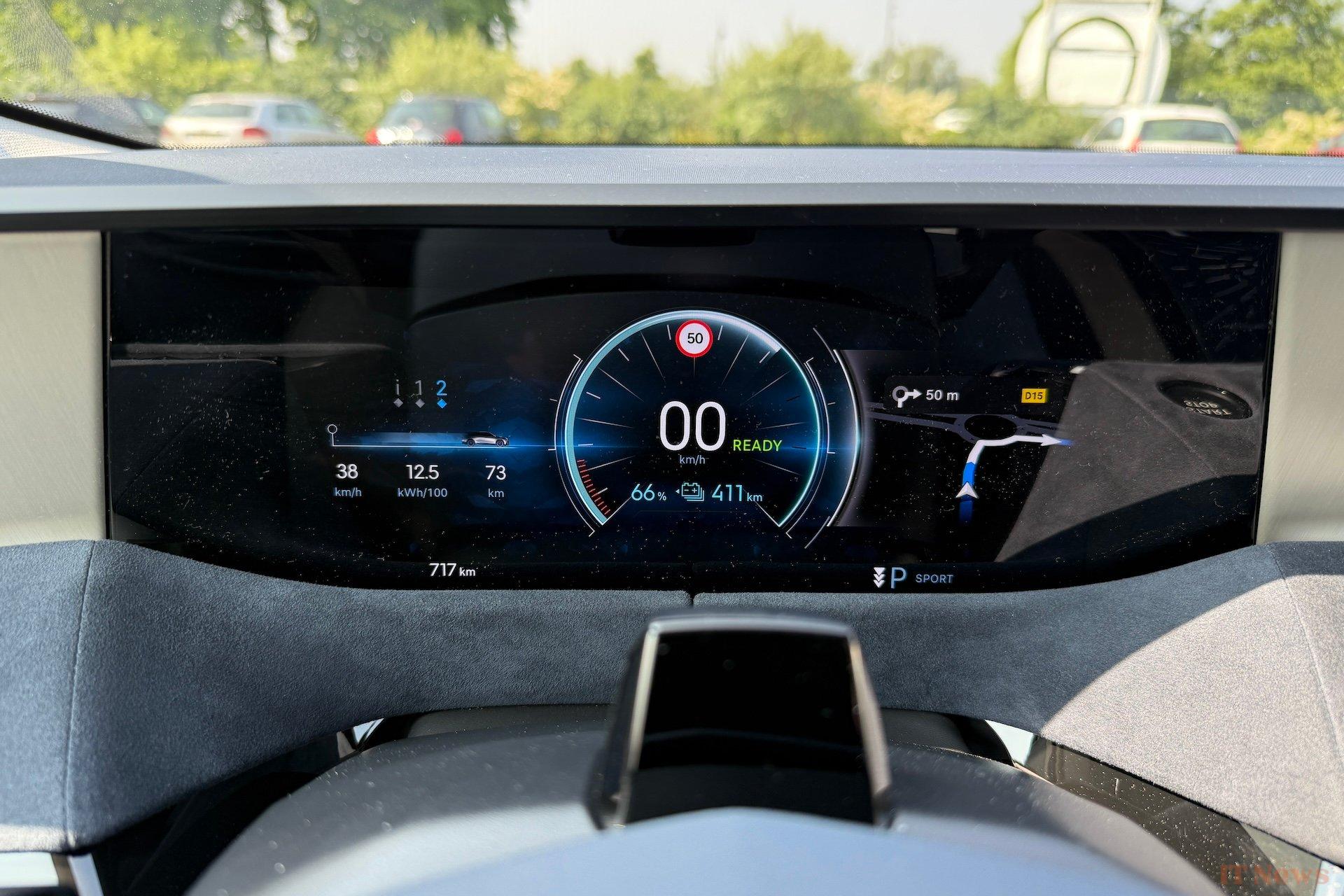
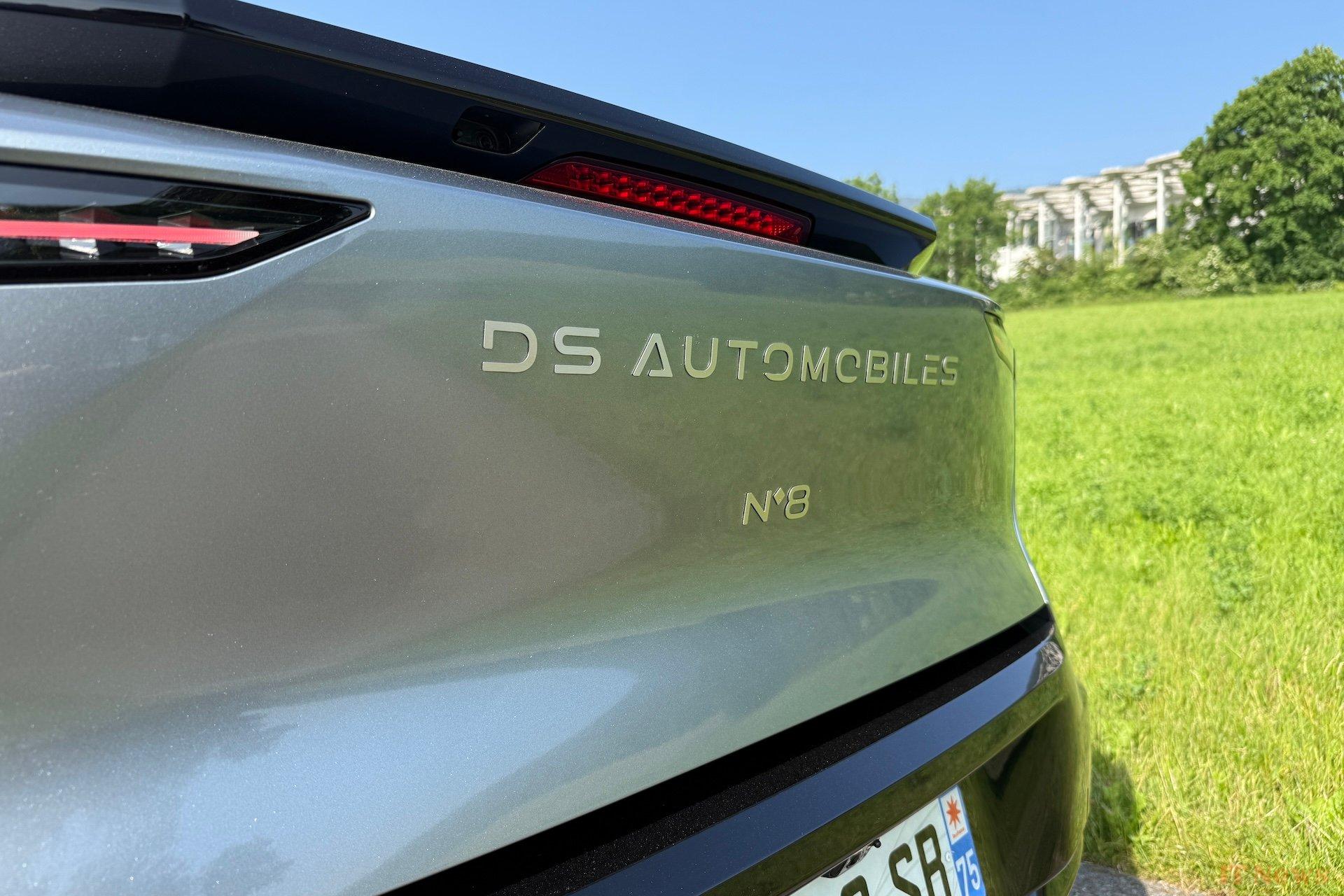

0 Comments